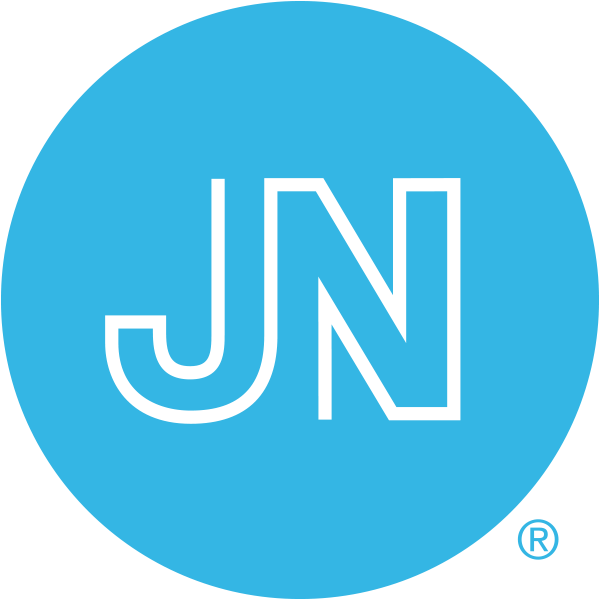Objectives/Hypothesis
To assess the disease control, survival rates, and prognostic factors of exclusive surgical treatment for patients with pT3 N0 laryngeal squamous cell carcinoma (LSCC).
Study Design
Multicentric retrospective cohort study.
Methods
Multicentric retrospective case series of previously untreated patients with pT3 R0N0 LSCC, who received exclusive surgery between 2011 and 2019. Tumor location; subsite involvement; grading; and lymphatic, vascular, and perineural invasion were reported. Overall survival (OS), disease‐specific survival (DSS), and disease‐free survival (DFS) were measured.
Results
Fifty‐four patients (mean age 67.1; male sex 83.3%; mean follow‐up period 37 months) underwent total laryngectomy (48.1%) or partial laryngectomy (51.9%). Ipsilateral or bilateral neck dissection was performed in 46 (85.2%) cases. Perineural invasion was more frequent in case of supraglottic involvement than glottic involvement (85.7% vs. 14.3%, P = .03). Five (9.3%) patients experienced recurrence (3 local recurrences, 1 nodal recurrence, 1 distant recurrence). Rate of recurrence differed between glottic (0%), supraglottic (80%), and transglottic (20%) tumors (P = .01), with a lower risk yielded by glottic involvement (odds ratio [OR], 0.05, 95% confidence interval [95% CI], 0.01–0.56, P = .01). A higher risk was recorded in case of perineural invasion (OR, 66.0, 95% CI, 1.41–3085.3, P = .03). The OS, DSS, and DFS were 79.6%, 96.3%, and 90.7%, without differences regarding the type of surgery. The DFS was lower in case of supraglottic involve ment when compared to purely glottic LSCC (83.9% vs. 100%, P = 0.02).
Conclusions
Exclusive surgery is a safe option for patients with pT3 R0N0 LSCC. Adjuvant treatments or closer follow‐up monitoring might be considered in case of supraglottic involvement or perineural invasion.
Level of Evidence
4 Laryngoscope, 2021






